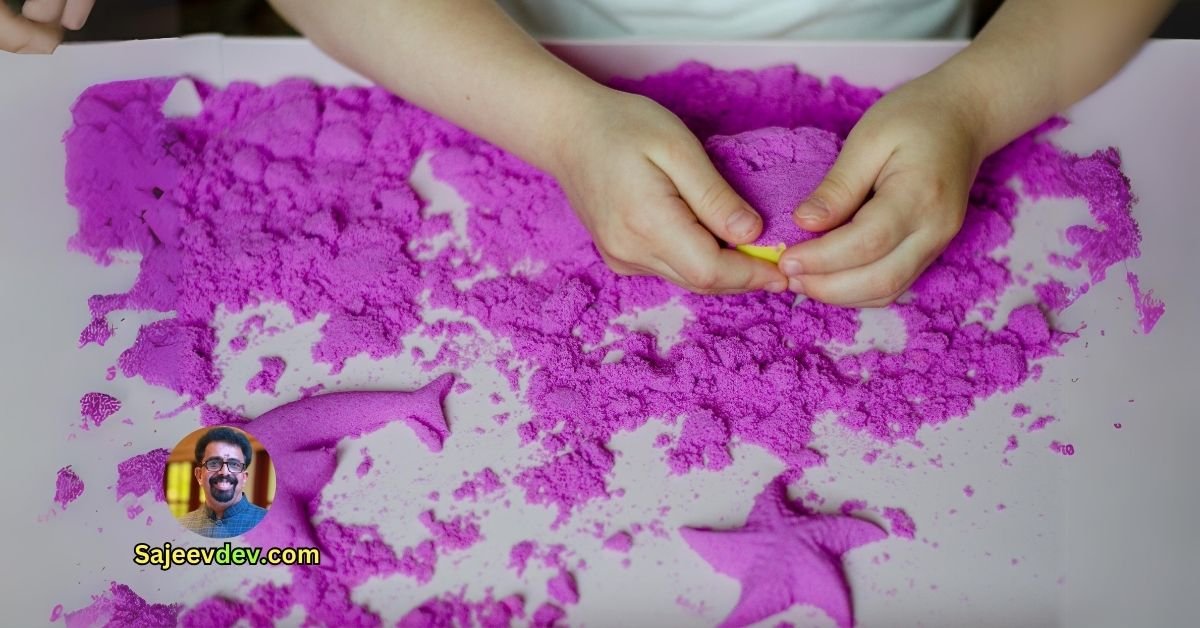Bodily-kinesthetic intelligence, as defined by Howard Gardner in “Frames of Mind: The Theory of Multiple Intelligences,” refers to the capacity to use one’s physical body skillfully and to handle objects with dexterity. This type of intelligence is vital for athletes, dancers, surgeons, craftsmen, and anyone who relies on physical coordination and fine motor skills in their work. It involves not only gross motor skills but also the nuanced, precise movements required for intricate tasks.
Features of Bodily-Kinesthetic Intelligence
1. Physical Coordination
Individuals with high bodily-kinesthetic intelligence have excellent control over their physical movements. They exhibit coordination, balance, and agility, making them adept at activities that require precise timing and fluidity.
2. Dexterity
Dexterity refers to the skillful use of hands and fingers to manipulate objects. People with strong bodily-kinesthetic intelligence can perform tasks that require fine motor skills, such as playing musical instruments, performing surgery, or crafting detailed artwork.
3. Muscle Memory
Muscle memory is the ability to perform movements without conscious thought due to repeated practice. Those with high bodily-kinesthetic intelligence develop muscle memory quickly, allowing them to perform complex sequences of movements effortlessly.
4. Spatial Awareness
Spatial awareness is the ability to perceive and navigate the space around you. This skill is crucial for activities like dancing, sports, and martial arts, where understanding one’s position relative to the environment and other objects or people is essential.
5. Sensory Perception
Enhanced sensory perception, including kinesthetic sense (awareness of body position and movement), is a key feature of bodily-kinesthetic intelligence. This heightened sensitivity allows individuals to adjust their movements precisely and respond effectively to physical stimuli.
How to Develop Bodily-Kinesthetic Intelligence
1. Engage in Physical Activities
Regular physical activity is essential for developing bodily-kinesthetic intelligence. Engaging in sports, dance, martial arts, or fitness routines helps improve coordination, balance, and agility.
Tips:
- Join a sports team or dance class.
- Practice yoga or Pilates to enhance flexibility and body control.
- Try different physical activities to find what you enjoy and excel at.
2. Practice Fine Motor Skills
Developing fine motor skills requires activities that involve precise hand and finger movements. This can include playing musical instruments, crafting, or performing tasks that require detailed handwork.
Tips:
- Learn to play a musical instrument like the piano or guitar.
- Engage in hobbies like knitting, painting, or model building.
- Practice activities that require hand-eye coordination, such as juggling or drawing.
3. Improve Muscle Memory
Repetition is key to developing muscle memory. Practice movements or sequences repeatedly until they become automatic.
Tips:
- Break down complex movements into smaller parts and practice them individually.
- Use repetition and drills to embed movements into muscle memory.
- Apply this practice to sports, dance routines, or any physical skill you want to master.
4. Enhance Spatial Awareness
Improving spatial awareness involves understanding and navigating the space around you. This skill is crucial for activities that require precise movement and positioning.
Tips:
- Participate in activities like parkour, gymnastics, or rock climbing.
- Practice navigating spaces blindfolded or in low light to heighten spatial awareness.
- Use virtual reality (VR) games or applications designed to improve spatial skills.
5. Develop Sensory Perception
Enhancing sensory perception involves becoming more attuned to your body and its movements. This can be achieved through mindful practices and exercises that focus on body awareness.
Tips:
- Practice mindfulness and meditation to increase body awareness.
- Engage in proprioceptive exercises, such as balance drills or resistance training.
- Use sensory activities, like feeling different textures or practicing movements with closed eyes, to heighten your kinesthetic sense.
6. Learn Through Movement
Incorporate movement into learning activities to engage bodily-kinesthetic intelligence. This approach can enhance understanding and retention of information.
Tips:
- Use physical activities to teach concepts, such as acting out scenes from a story or using body movements to represent mathematical problems.
- Incorporate hands-on learning experiences, such as experiments, building models, or interactive simulations.
- Teach or learn through kinesthetic teaching methods, which involve using gestures, movement, and physical activities.
7. Seek Professional Training
Professional training and coaching can provide structured guidance and feedback, helping you develop specific bodily-kinesthetic skills more effectively.
Tips:
- Work with a coach or instructor in your chosen physical activity, such as a sports coach, dance teacher, or martial arts instructor.
- Attend workshops or camps focused on developing specific skills, like a gymnastics camp or a music masterclass.
- Take courses that provide in-depth training and certification in areas like fitness instruction, physical therapy, or craftsmanship.
Developing bodily-kinesthetic intelligence involves engaging in activities that challenge and refine your physical coordination, dexterity, muscle memory, spatial awareness, and sensory perception. By participating in physical activities, practicing fine motor skills, improving muscle memory, enhancing spatial awareness, developing sensory perception, learning through movement, and seeking professional training, you can enhance your bodily-kinesthetic abilities. Embrace these practices to sharpen your physical skills, improve your overall body awareness, and excel in activities that require precise and coordinated movements.









